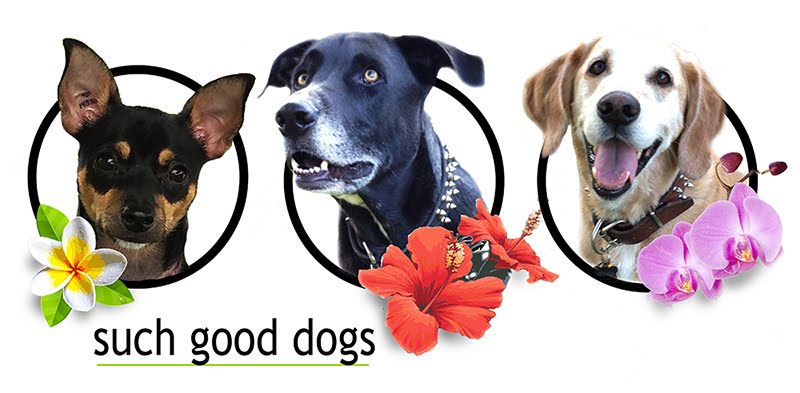A No Reward Marker is a signal or cue to a dog that is paired with punishment each time the dog gives an incorrect response. This marker should motivate the dog to try something else, and stop presenting the current behavior, or mistake.
The best example of using a No Reward Marker is simply saying an "Uh-oh" when the dog makes a mistake, and trying again. It is important to remember not to get frustrated when your dog makes a mistake. Stay calm, try again.
When we teach our dogs a clear system of communicating with us, we can easily point out the behavior we are looking for. Dogs experience the world quite differently from humans. Dogs communicate mainly through body language and some small vocalizations, and learn through their senses of hearing and smell. Never assume your dog just knowns what behavior is good or bad. We must clearly communicate with our dog what we expect from them, and mark behaviors we like.
The best example of using a No Reward Marker is simply saying an "Uh-oh" when the dog makes a mistake, and trying again. It is important to remember not to get frustrated when your dog makes a mistake. Stay calm, try again.
When we teach our dogs a clear system of communicating with us, we can easily point out the behavior we are looking for. Dogs experience the world quite differently from humans. Dogs communicate mainly through body language and some small vocalizations, and learn through their senses of hearing and smell. Never assume your dog just knowns what behavior is good or bad. We must clearly communicate with our dog what we expect from them, and mark behaviors we like.


















































